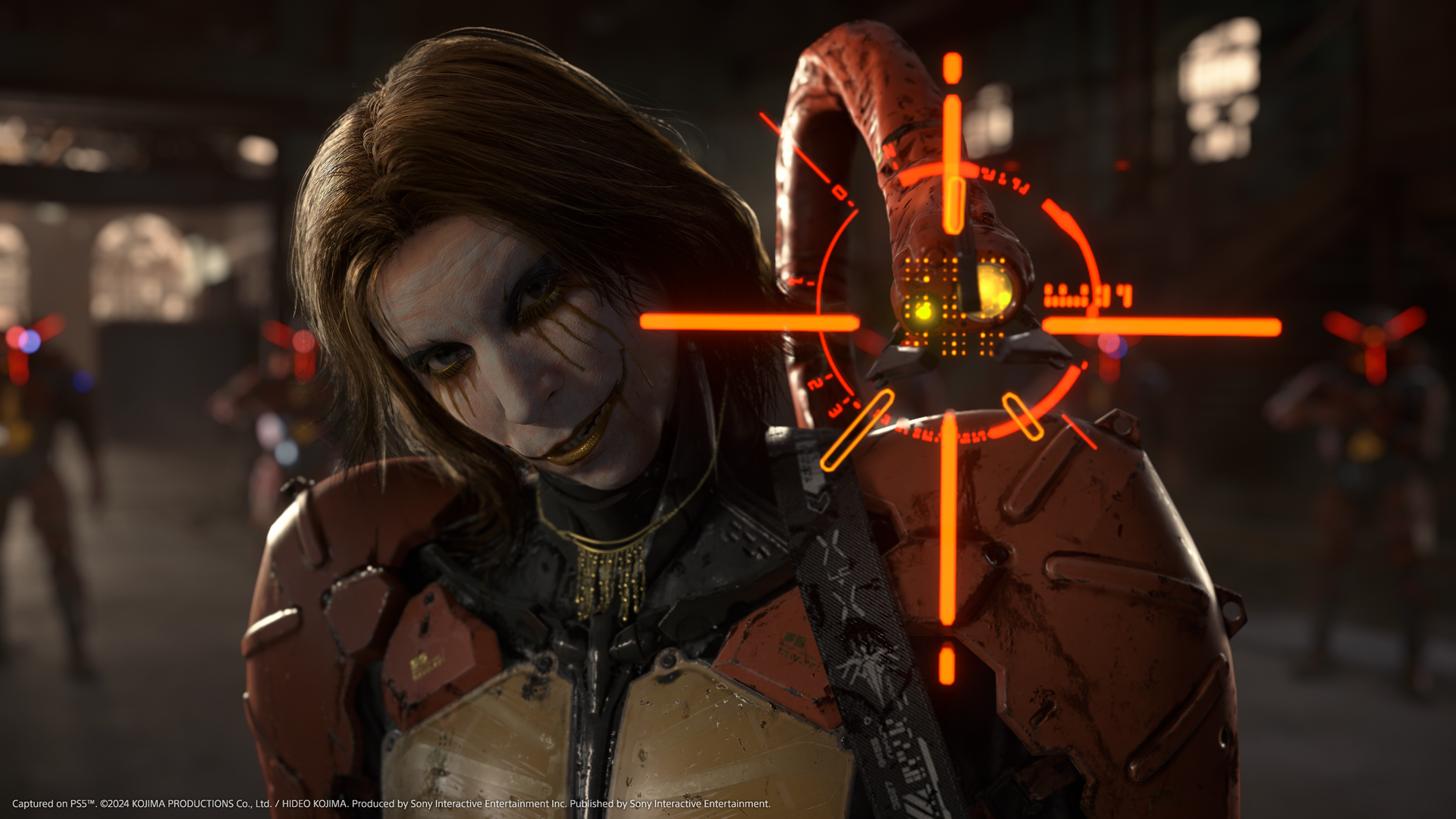Death Stranding 2 First Impressions

Death Stranding 2 First Impressions: Kojima's Haunting Sequel Evolves the Strand Genre
The world of Death Stranding is back — and it’s stranger, more beautiful, and more emotionally complex than ever. Hideo Kojima’s long-awaited sequel, Death Stranding 2: On the Beach, was unveiled with new gameplay footage and a cinematic trailer that has sparked a flurry of speculation, hype, and deep philosophical reflection — in true Kojima fashion.
From the opening frames, it’s clear that Death Stranding 2 is leaning even further into its unique identity. The sequel retains its predecessor’s DNA — literal and thematic — while boldly expanding its scope. Sam Porter Bridges (once again portrayed by Norman Reedus) returns, older and visibly scarred, hinting at the passage of time and consequence. Fragile, played by Léa Seydoux, now takes a more central role, possibly hinting at shifting player perspectives or dual protagonists.
Visuals and Atmosphere
Technically, Death Stranding 2 is stunning. Powered by Guerrilla's Decima Engine, the game showcases cinematic-quality lighting, photorealistic environments, and hauntingly surreal imagery. A biomechanical guitar, talking puppets, and oceanic dreamscapes all make appearances in the trailer — the uncanny is dialed to 11.
The world feels larger and more alive, but not necessarily safer. The sense of isolation and dread remains, but it’s now accompanied by a stronger undercurrent of rebellion and purpose. There are new enemies, cryptic symbols, and what appears to be a ship-turned-fortress, suggesting new gameplay mechanics and traversal challenges.
Themes and Tone
If the first game was about reconnecting a broken world, Death Stranding 2 feels like it’s asking: “Now that we’re connected, what do we do with it?” Kojima’s storytelling continues to explore grief, legacy, and human fragility, but this time with more agency. There's a palpable sense of resistance — as if the characters are no longer just surviving the apocalypse, but actively confronting its source.
Fans have also noted an even heavier focus on musical atmosphere. Kojima once again partners with Low Roar and new artists, blending ambient melancholy with raw emotion. The result is an experience that’s not just interactive — it’s meditative.
Gameplay Hints
While much is still shrouded in mystery, the trailer hints at new gameplay systems. There are glimpses of naval traversal, cooperative missions, and possibly deeper combat mechanics. The companion puppet — controlled or sentient — could play a key role in puzzles or story development.
It’s also worth noting the addition of Elle Fanning and Shioli Kutsuna to the cast, raising questions about player agency and whether the game will feature multiple playable characters or timelines.
Final Thoughts
Death Stranding 2 doesn’t look like it’s trying to appeal to everyone — and that’s exactly its strength. It’s weird, slow, beautiful, and deeply emotional. Kojima isn’t making a traditional AAA action game. He’s crafting a layered narrative experience, where every step feels intentional, and every silence speaks volumes.
First impressions suggest Death Stranding 2 is shaping up to be a bold evolution of the “Strand Game” genre — a category Kojima invented and continues to redefine. We may not fully understand where this beach leads, but one thing’s for sure: we’re ready to walk it.